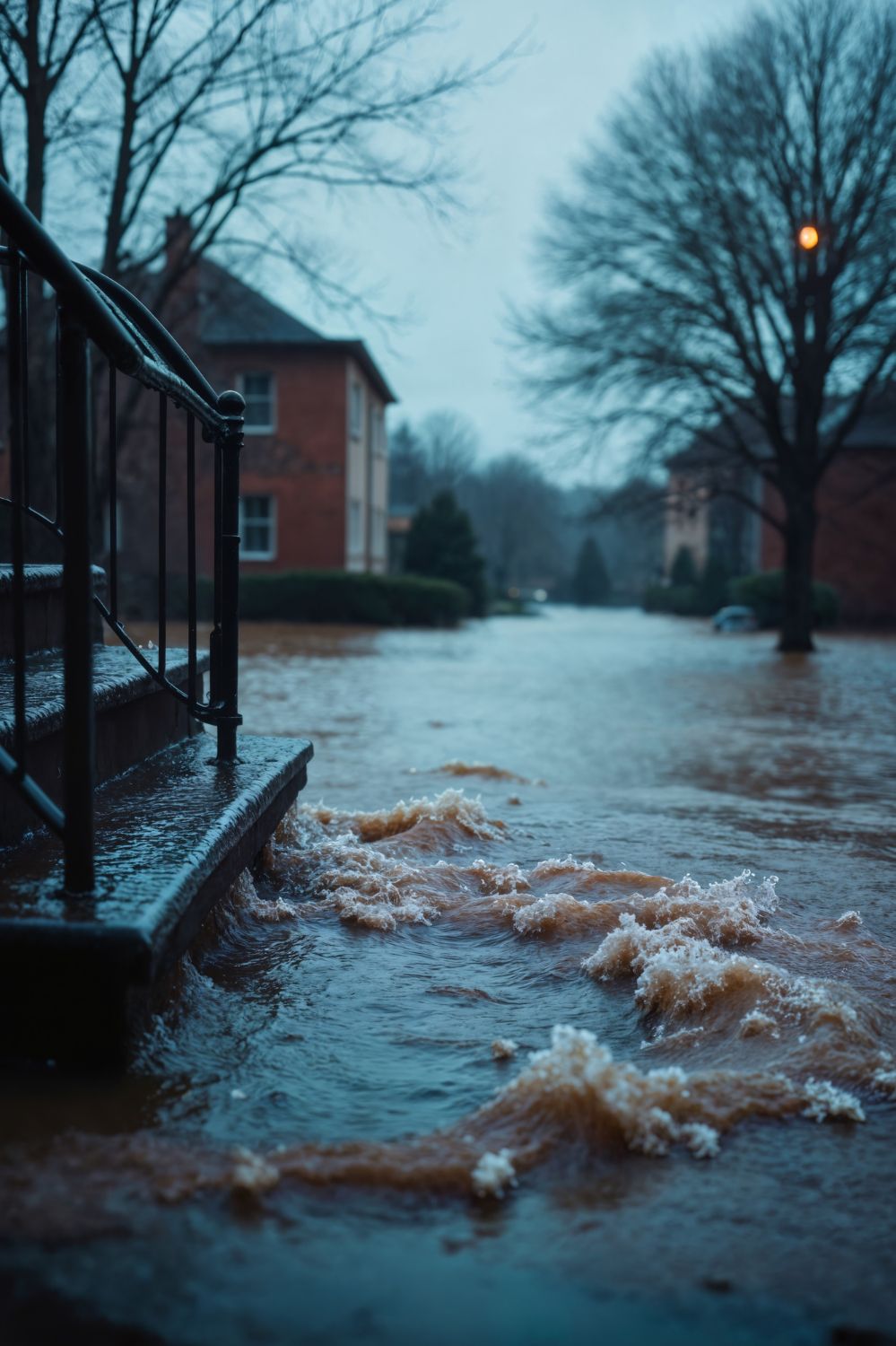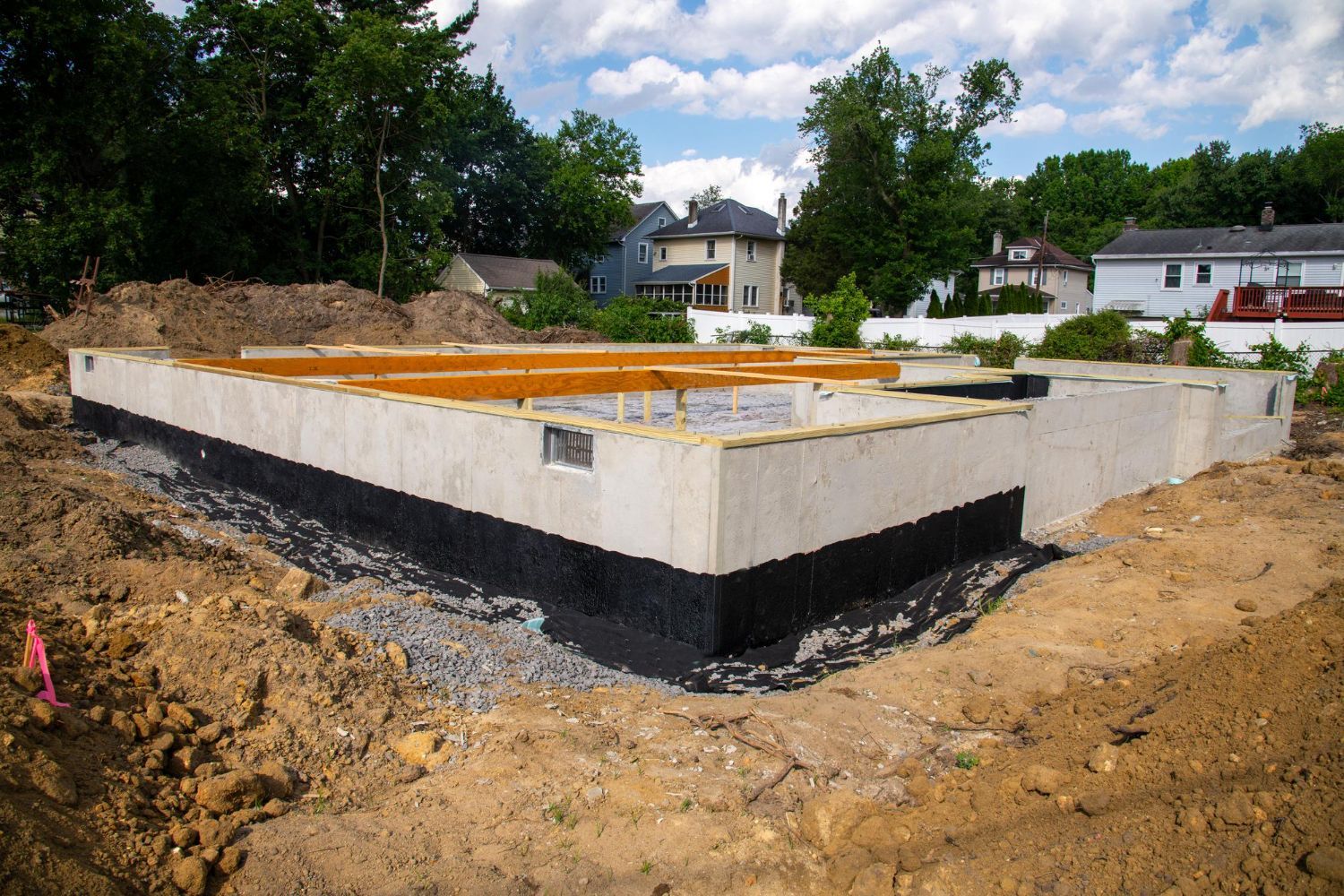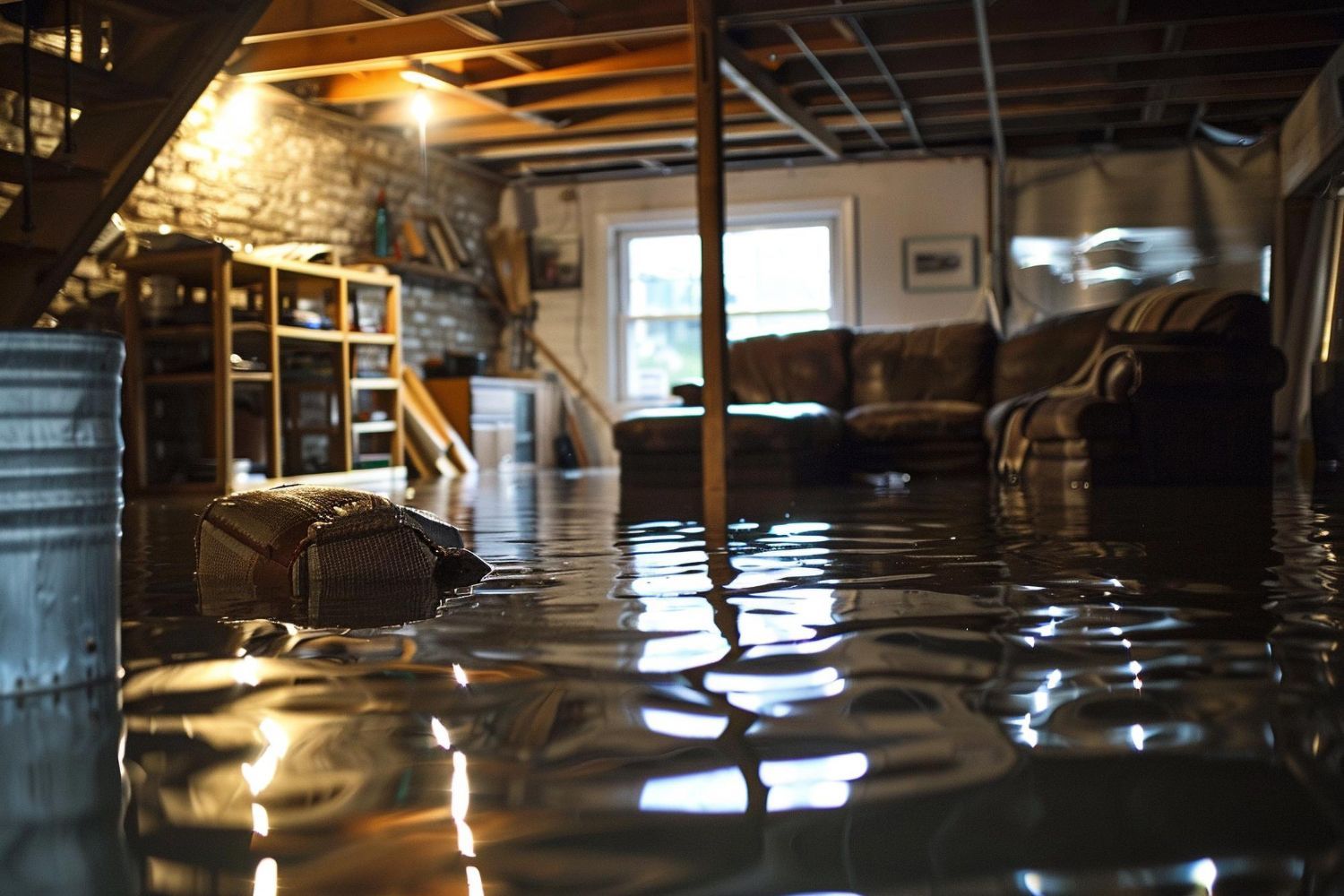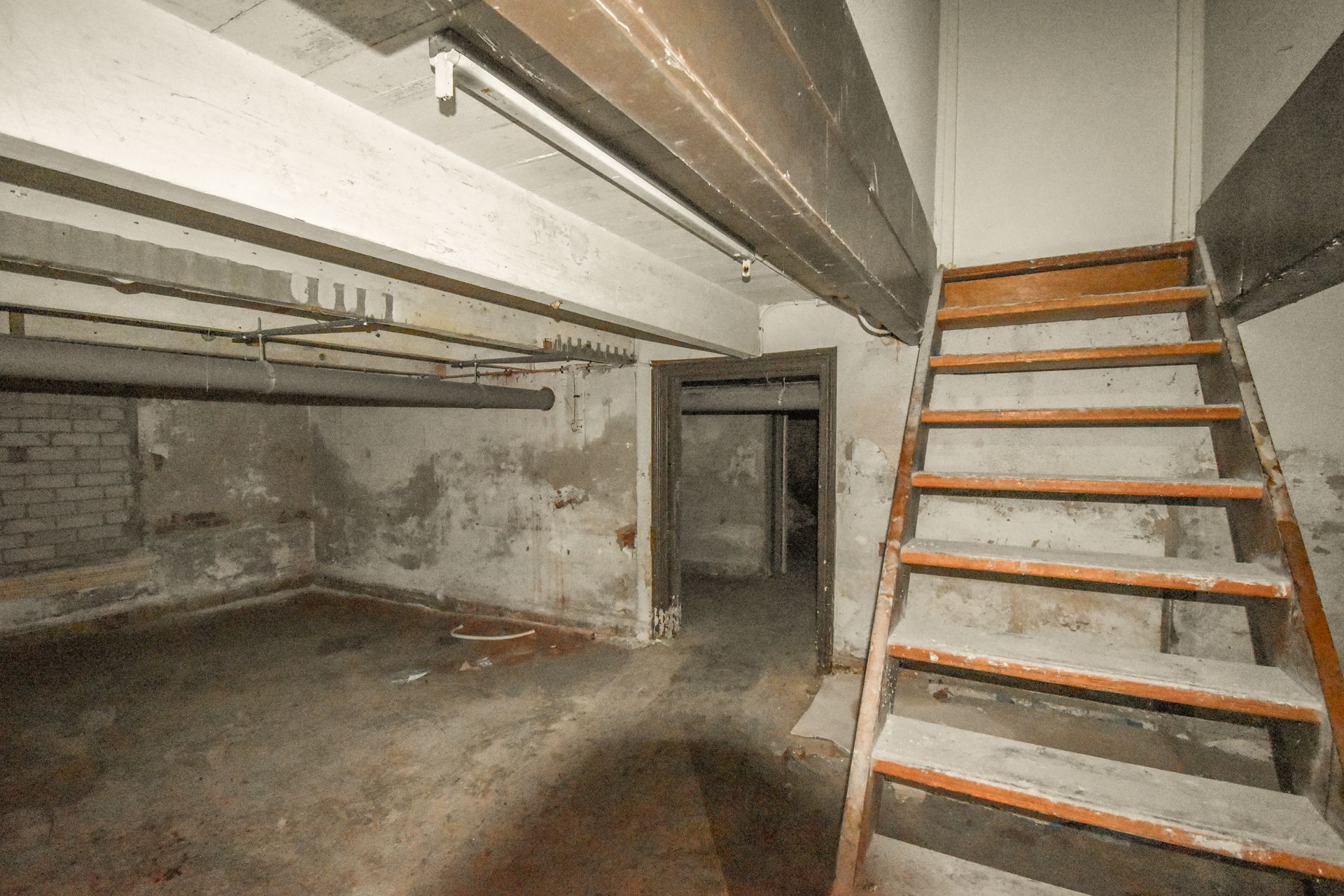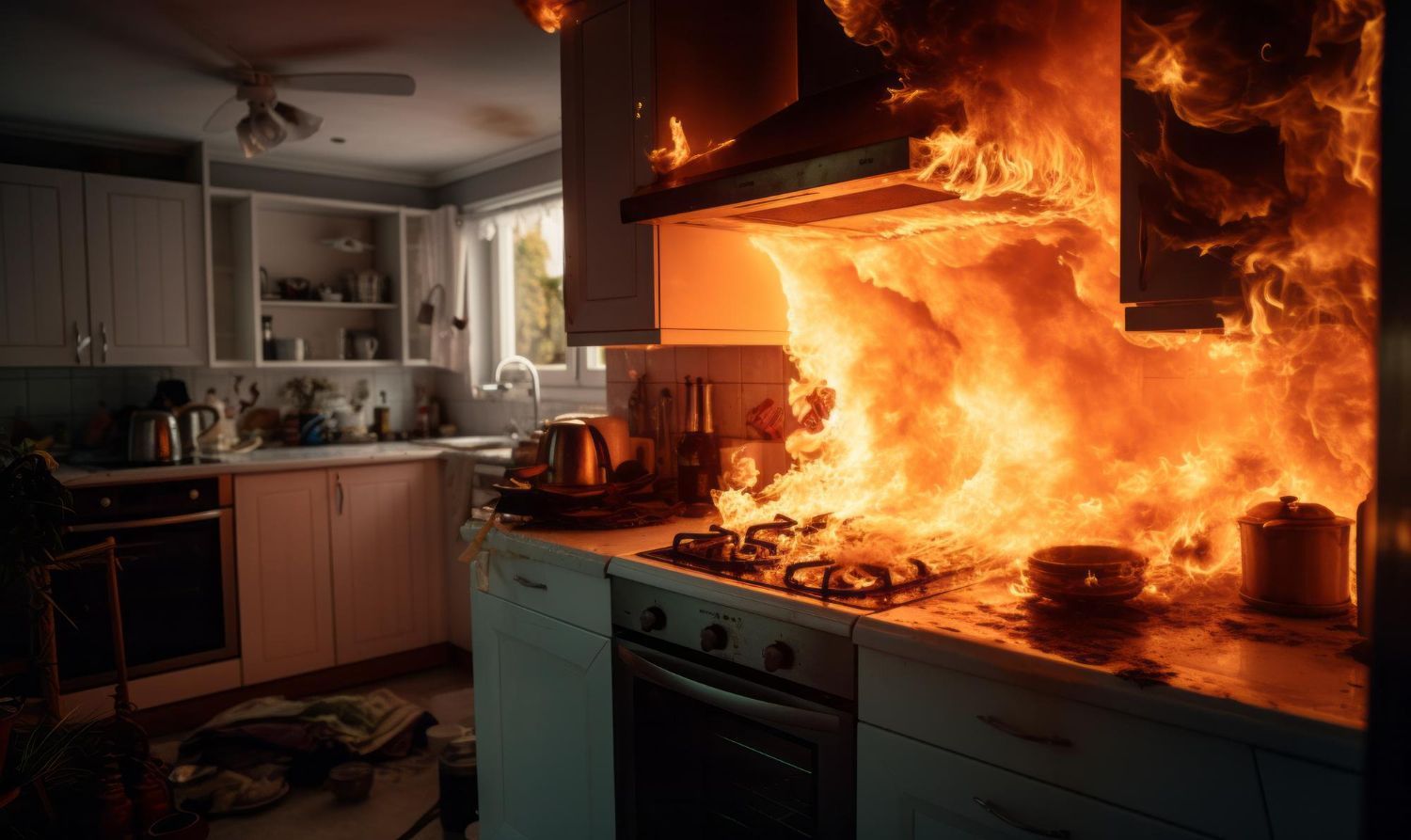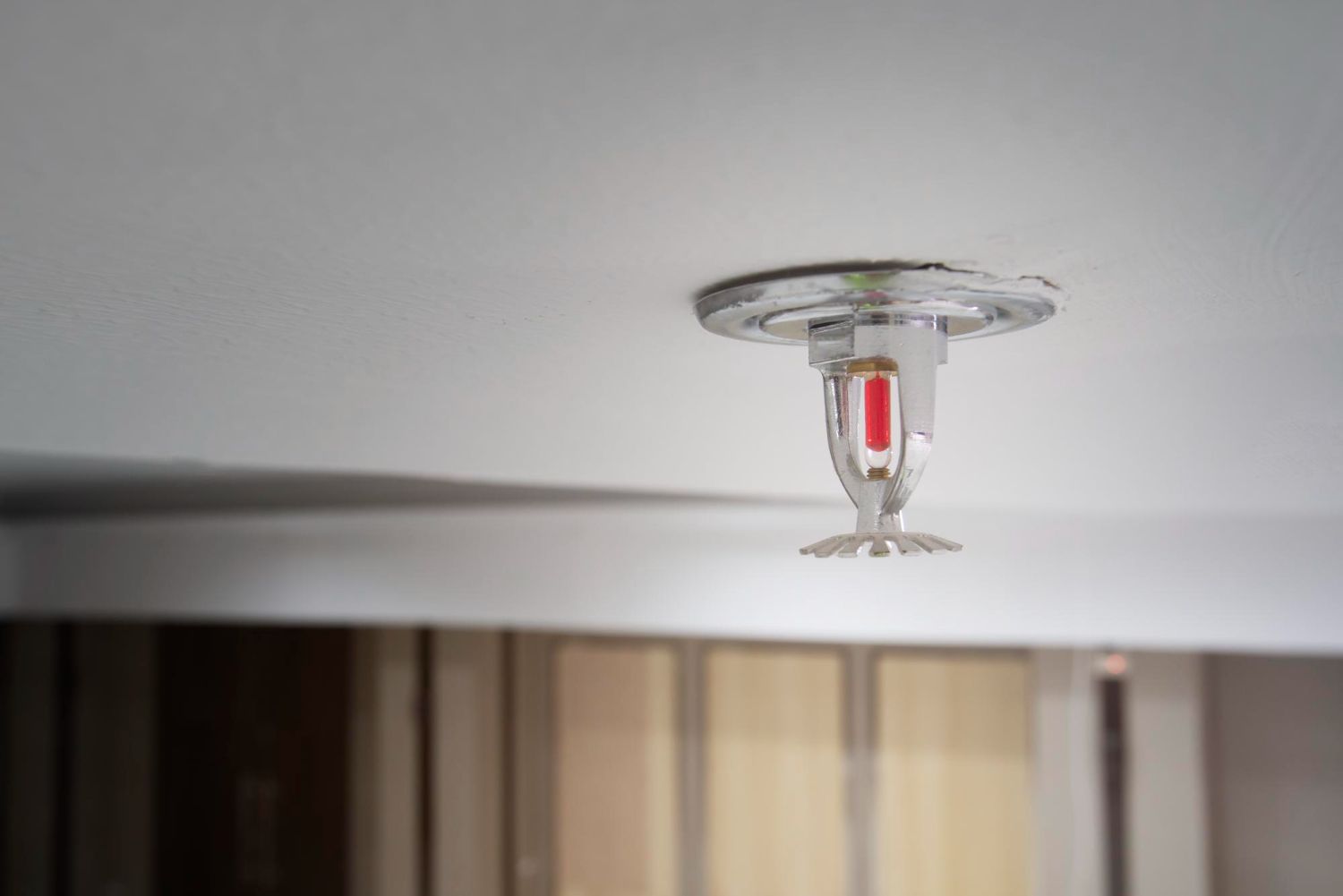Can Smoke Inhalation Causes Health Issues After the Fire Is Out?
June 12, 2019
For days or even weeks after a fire is completely extinguished, you may suffer from the effects of smoke inhalation and contamination. In fact, according to research, it’s one of the leading causes of death during/after a property fire. Overall, an estimated 50% to 80% of fire deaths are caused by smoke inhalation, not burns. The smoke released by fire is a toxic mixture of chemicals and airborne particles that leads to intense respiratory conditions and long-term health effects. As such, any exposure to smoke damage should be avoided at all costs. The best way to treat your home is via professional smoke damage restoration services from a local team.
Causes of Smoke Inhalation
At a basic level, smoke inhalation is the simple act of ingesting smoke contaminants from the air. It’s a little more complex than that, though.
Asphyxiants
Most often, with a house fire in an enclosed space, combustion removes the oxygen from the air and causes asphyxiation, as there is not enough oxygen for anyone left in the building. Even worse, the smoke takes up the space of oxygen, ensuring there is even less oxygen available.
Irritants
Then, combustion can also lead to the formation of nasty chemicals that lead to physical and respiratory injury when in contact with the skin or mucous membranes. These airborne substances disrupt the respiratory tract, leading to swelling, respiratory distress, and even an airway collapse.
Chemicals
Lastly, a fire creates chemical compounds in the air that interfere with the oxygen already in your body. These compounds include carbon monoxide, hydrogen cyanide, and hydrogen sulfide – chemicals that attack on a cellular level. If the oxygen in your body is inhibited, the cells will begin to die.
Symptoms of Smoke Inhalation
There are many signs and symptoms associated with smoke inhalation, which can develop immediately or over time. These signs include:
Coughing – The mucous membranes within the respiratory tract quickly become irritated, secreting more mucus and leading to an intense cough.Shortness of Breath– This is either caused by a direct injury to the respiratory tract or because of chemicals within the smoke inhibiting the body’s use of oxygen.Irritation – The contaminants produced by smoke lead to eye, skin, and throat irritation. The eyes will appear red and swollen, with burnt portions of the corneas present. As for the skin, the color may change from pale to blush or cherry-colored.Headache –Quantities of carbon monoxide in the smoke directly affect your respiratory tract and the brain, leading to a severe headache, nausea, confusion, and vomiting.
In the event of a house fire, please do not hesitate to call Restoration 1 of Central Houston. We have IICRC-certified technicians standing by today!

